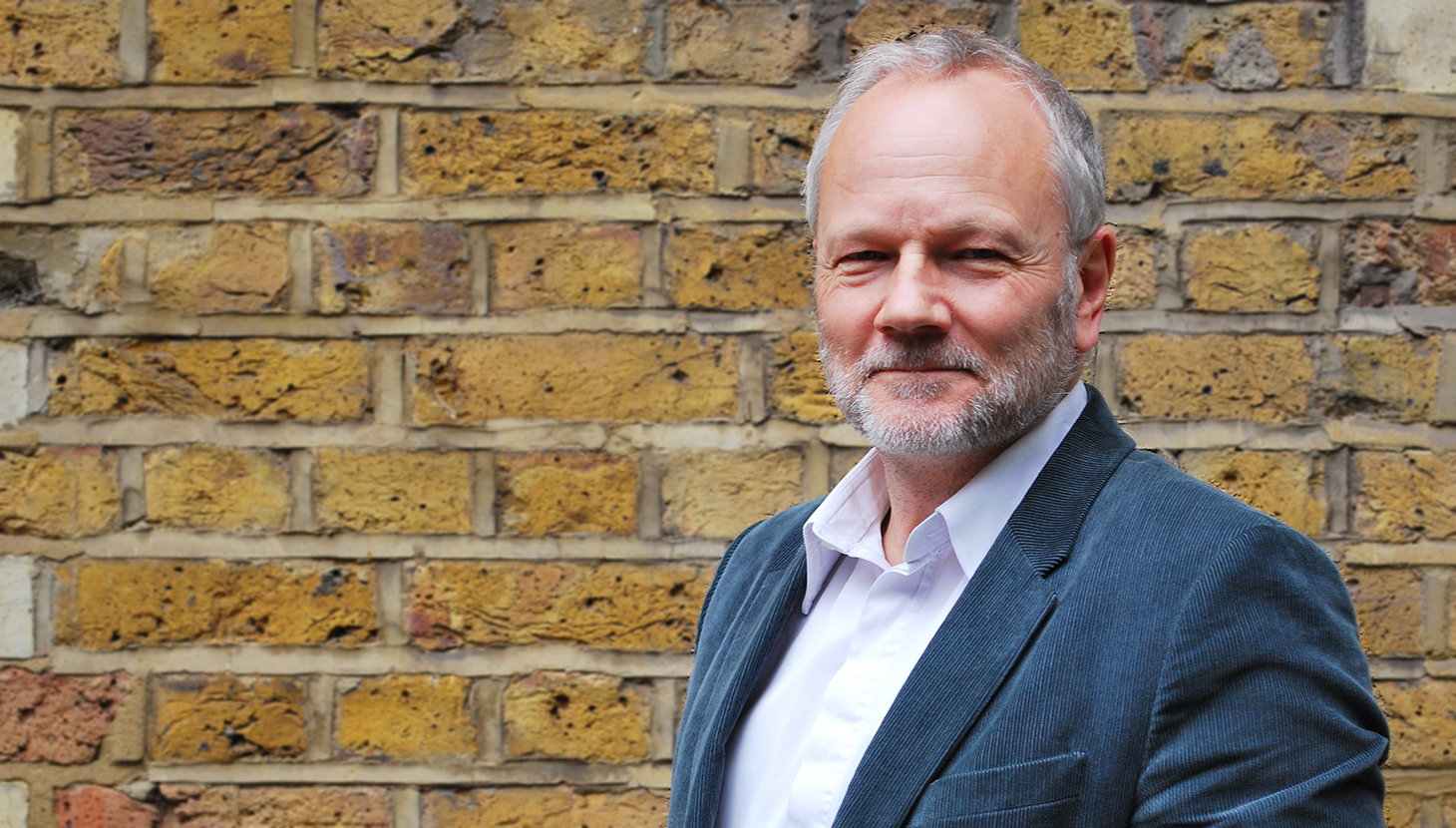
The Farrell Review report of consultation is comprehensive. It has taken a broad view of the context of Architecture and embraced the relationships between all the components of the built environment and the way in which communities of interest engage with them. It recommends ways in which professionals and community representatives, elected or otherwise, could work together better to improve the standard of our physical environment and the accommodation it provides.
In fact there are nearly 70 recommendations, emphasising its comprehensiveness. Most of these suggest new ways of doing things, rather than new things to do. This is not surprising, as all the options for managing and improving the built environment have been tried before, with varying success. Some of the recommendations are indeed a new explanation or definition of things we already do, or know we should. There is nothing wrong with this; refreshing terminology and working methods is a good way of reminding ourselves what we should do and why, and of weeding out concepts that have become stale, devalued or redundant.
If you multiply 70 recommendations by the number of agencies, authorities, institutions, organisations and activists, however, you get the potential for inconsistency of interpretation, duplication of effort and competitive implementation.
Terry Farrell and Ed Vaizey were keen to emphasise that the report is the start of the initiative, not the end of it, and that it falls to all those who have contributed to maintain and build momentum to achieve the changes recommended. That requires more than the continued campaigning that Sir Terry exhorted us to pursue as his closing remark at the report’s launch today.
The report is a useful resource, full of information, ideas, examples, opinion, and anecdote. We now must condense this into a manageable set of priorities that will harness and focus the energy of all those who want to stay involved. We should also align the recommendations with the structures and resources available. Much of what the report recommends requires us to practice what we do now to a higher and more consistent standard. Pleas for more government money to do this are unlikely to be heard, at least in the short term, but we can do much by tuning present practice and aligning it with the Review recommendations.
The NPPF, and the Taylor Review in particular, have shown the benefit of brevity and focus. A further edit of the review can provide us with an agenda for action and an allocation of responsibilities.
The Academy of Urbanism perspective, advocating a better understanding of the way in which people occupy and use the spaces created in the built environment, tests the components of many of the Farrell Review recommendations, and celebrates the successful ones. I’m sure Academicians will be keen to use our combined knowledge and energy to help promote better practice in creating and sustaining great places.
Steven Bee
Chair